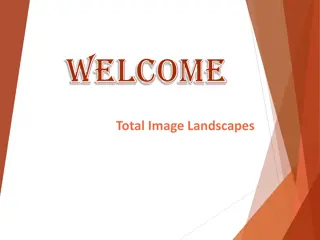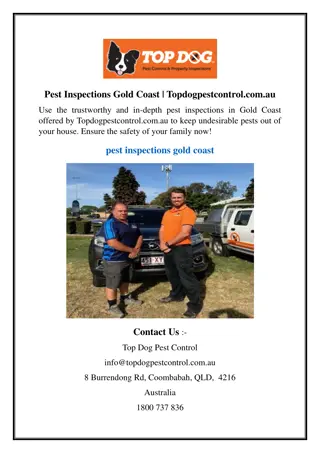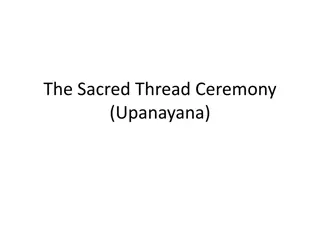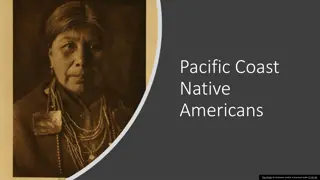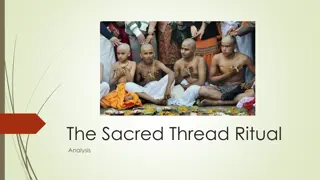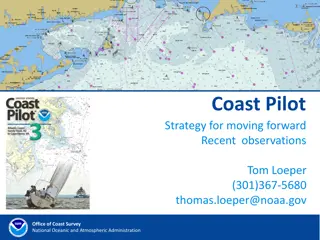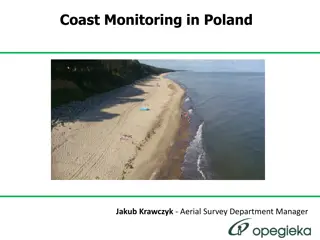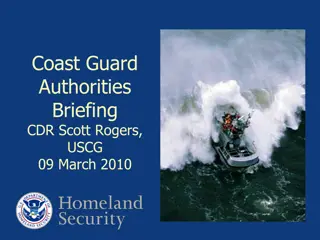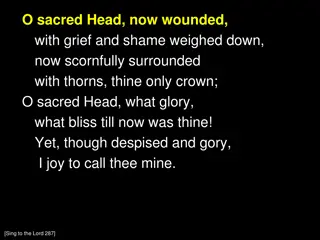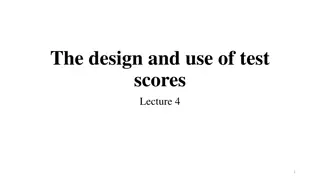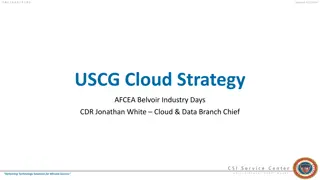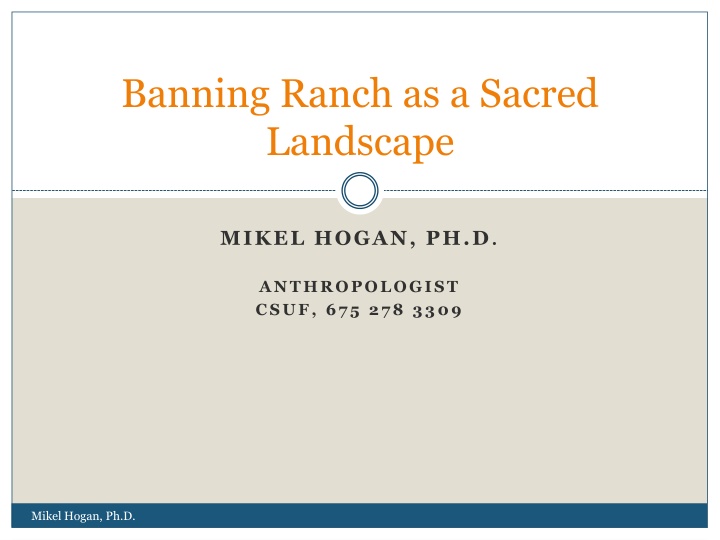
Exploring Banning Ranch as a Sacred Cultural Landscape
Discover the archaeological significance of Banning Ranch, once a Native American village and trading hub, showcasing key cultural characteristics and sacred ritual artifacts found in the area. Learn about its historical context and why it is considered a sacred landscape.
Uploaded on | 0 Views
Download Presentation

Please find below an Image/Link to download the presentation.
The content on the website is provided AS IS for your information and personal use only. It may not be sold, licensed, or shared on other websites without obtaining consent from the author. If you encounter any issues during the download, it is possible that the publisher has removed the file from their server.
You are allowed to download the files provided on this website for personal or commercial use, subject to the condition that they are used lawfully. All files are the property of their respective owners.
The content on the website is provided AS IS for your information and personal use only. It may not be sold, licensed, or shared on other websites without obtaining consent from the author.
E N D
Presentation Transcript
Banning Ranch as a Sacred Landscape MIKEL HOGAN, PH.D. ANTHROPOLOGIST CSUF, 675 278 3309 Mikel Hogan, Ph.D.
The Settlement of Orange County Coast Context 1. By 10,000 years ago most of the California coast was occupied 2. The California coast is unique for studying coastal prehistory Mikel Hogan, Ph.D.
BR is Site of Early Ritual and Trading Center Banning Ranch is an extraordinary archaeological site where the ancient Native American coastal village and trading hub called Genga existed for 0ver a thousand years The whole area of Banning Ranch was comprised of a large village complex Genga was the Village Hub for Newport Bay area, wherein the other villages were dependents this extended from Banning Ranch south to Newport Bay Mikel Hogan, Ph.D.
BR is Site of Early Ritual and Trading Center Key Cultural Characteristics: BR is the site of one of the earliest sacred ritual and trading centers in North America interdependence was a key cultural characteristic: they were not separate self-sufficient & self-reliant communities they were part of long-distance networks of kin groups and exchange partners across the state large gatherings met seasonally Mikel Hogan, Ph.D.
What the Data Shows What Does the Data Show? Herman Strandt s description of the camps and village sites Orange County in part 1 of his 1926 report: The camp and village sites of the Canalino Indians in Orange County were close together, mainly along the coast of Newport Bay. They were often no more than a hundred yards apart. Forty-two villages have been counted in a radius of two miles (PCASQ, 1965, Vol. 1, No. 2, Pg. 5) Mikel Hogan, Ph.D.
Data on BR as Sacred Landscape Banning Ranch Data that demonstrates it is a sacred landscape: Sacred ritual artifacts found in burials: cogged stones, and near perfectly round discoidals and the placement pattern of these sacred objects Mikel Hogan, Ph.D.
Data on BR as Sacred Landscape The Data: Herman Strandt s description of the camps and village sites Orange County in part 3 of his 1926 report: During the many years of investigation and exploration, I have proved that the cogged wheel stone was found in very old burials .In the year of 1926, a large village site was located on the Banning Land Company, two miles north of Coast Mesa. Mikel Hogan, Ph.D.
Data on BR as Sacred Landscape The Data: When this field had been plowed in 1926, the plow turned up some of these cogged wheel stones and a few human bones and the next day, Sunday, they went there with shovels and started digging and soon came onto a skeleton. With this skeleton they found in all, 8 cogged wheel stones and 6 discoidals.. Mikel Hogan, Ph.D.
Data on BR as Sacred Landscape The Data: Placement Pattern the stones were piled one on top of the other, and facing toward the evening star . . in this case the stones were used in burial ceremonials, Mikel Hogan, Ph.D.
Data on BR as Sacred Landscape The Data: In the year 1927, I had the privilege to excavate on this place, locating the main burial ground Working with several men for six weeks, we discovered 106 skeletons. One day my attention was called by Mr. B. Sackett and I found a beautiful cogged wheel stone on the chest of a male skeleton; here it was a ceremonial stone. These skeletons were found in a plot of 40 by 50 feet Mikel Hogan, Ph.D.
What is a Sacred Landscape? Landscape: refers to people s engagement with the material world; landscapes are differently understood and experienced by people Sacred Landscape: people be in the landscape, they don t just see it when being in the landscape, people experience no divide between nature and culture A sacred landscape is made by the ancestral beings for the people who in their turn, through ritual, painting, dance, and song nurture both the ancestors and their land Songlines: ancient people of BR and elsewhere had a large view view of the landscape evidenced by the solstice alignments with Catalina and Santa Barbara. Ethnographic evidence--hereditary songs that told of one s territorial rights Mikel Hogan, Ph.D.
Banning Ranch is a Sacred Landscape Music was a memory bank for finding one s way around their world A song phrase is a map reference Ancient people of BR inhabited the land in ways that had long ancestry Their tenure in the landscape was grounded in a sense of ancestry, sustained through origin myths and ritual cycles Mikel Hogan, Ph.D.
Banning Ranch is a Sacred Landscape Ethnographic studies suggest the ritual items cogged stones and discoidals were sacred talisman Talismans are portable objects that possess a concentrated form of supernatural spiritual or life- force essence And, we saw from the data presented above, the sacred BR talisman (cogged stones and discoidals) were buried in specific patterns in ancestor s graves at Banning Ranch Mikel Hogan, Ph.D.
Preserve the Sacred Landscape of Banning Ranch In closing, there is sufficient archaeological and ethnographic data that demonstrates Banning Ranch needs to be preserved as a sacred landscape And, not be destroyed by the Newport Beach Banning Ranch development project Thank you. Mikel Hogan, Ph.D.




